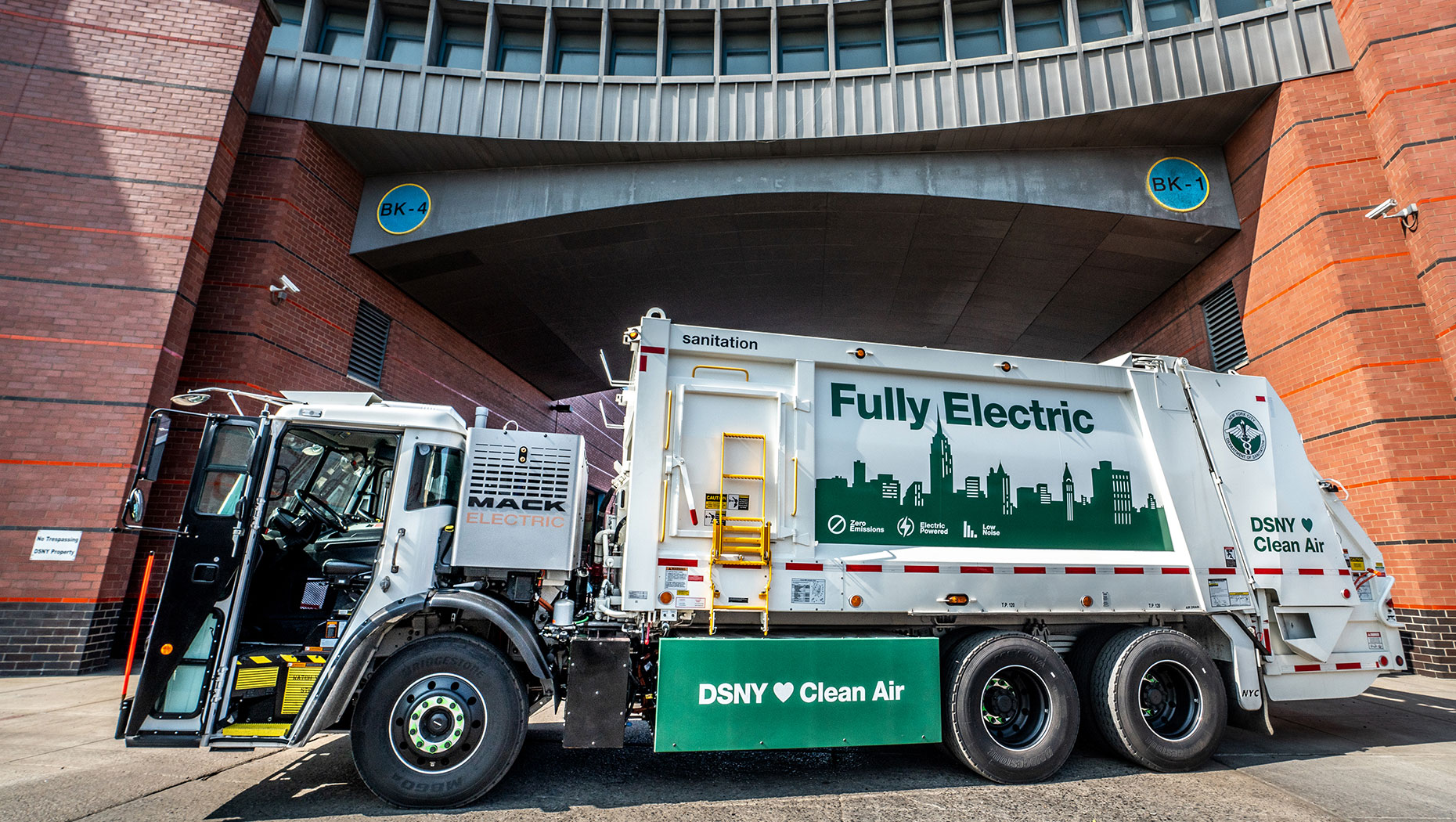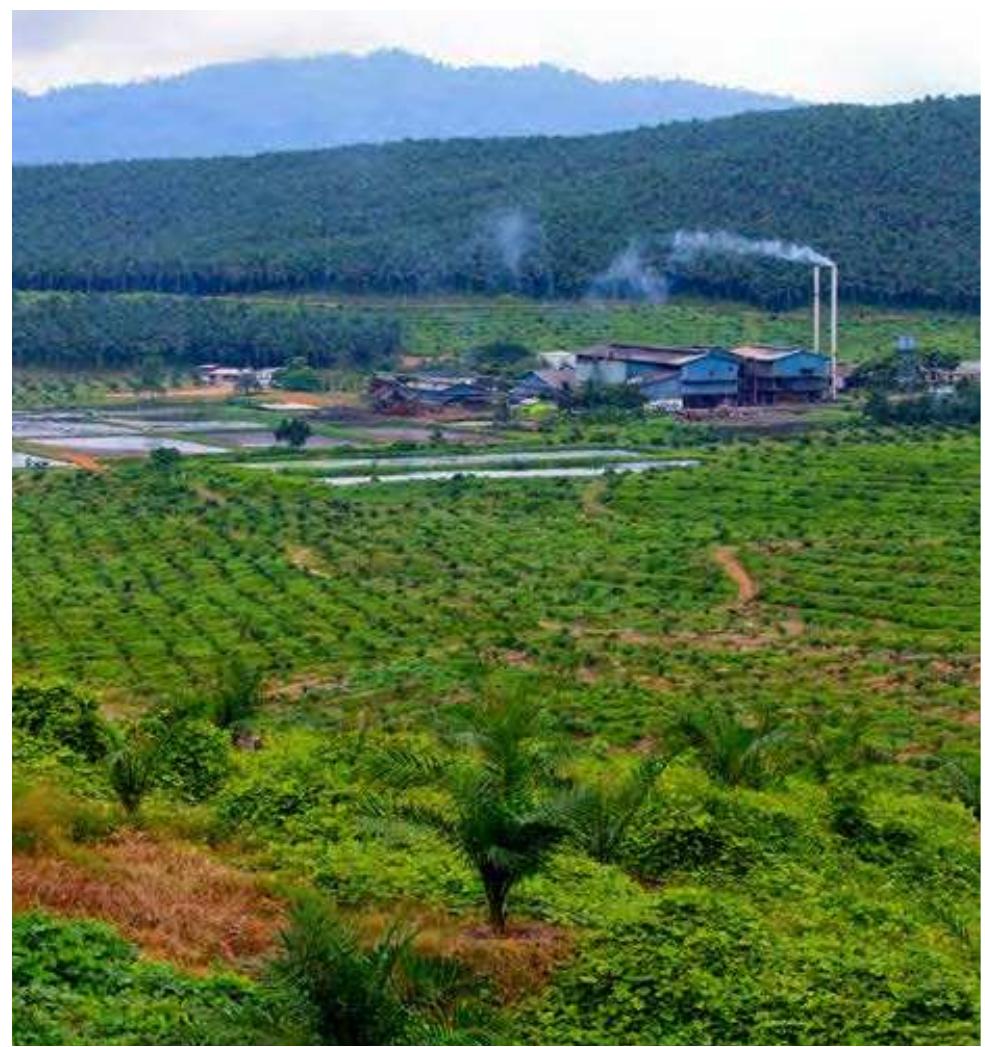Panel Built, Inc. Launches Modular BESS Solutions to Advance Sustainable Development Goals
Introduction: Aligning Infrastructure with Global Sustainability
On October 2, 2025, Panel Built, Inc. announced the launch of custom-designed modular buildings for Battery Energy Storage Systems (BESS). This initiative provides critical infrastructure to support the growing renewable energy sector, directly aligning with the United Nations Sustainable Development Goals (SDGs). By offering durable and flexible energy storage solutions, Panel Built is contributing to the advancement of SDG 7 (Affordable and Clean Energy), SDG 9 (Industry, Innovation, and Infrastructure), and SDG 11 (Sustainable Cities and Communities).
Contribution to Sustainable Development Goals
Advancing SDG 7: Affordable and Clean Energy
Panel Built’s BESS enclosures are fundamental to increasing the share of renewable energy in the global energy mix. They address the intermittency of sources like solar and wind by providing reliable storage, thereby ensuring a stable and clean energy supply. This directly supports SDG Target 7.2, which aims to substantially increase the use of renewable energy.
- Enhances the reliability of renewable energy sources.
- Helps manage peak energy demand, reducing reliance on fossil fuel power plants.
- Facilitates a transition to a cleaner, more resilient energy grid.
Fostering SDG 9: Industry, Innovation, and Infrastructure
The company’s modular construction method represents an innovation in building sustainable and resilient infrastructure. Manufacturing BESS enclosures off-site reduces project timelines, minimizes on-site environmental disruption, and ensures consistent quality. This modern approach to industrial processes aligns with SDG Target 9.4, which calls for upgrading infrastructure and retrofitting industries to make them sustainable.
Supporting SDG 11: Sustainable Cities and Communities
Reliable energy infrastructure is crucial for the development of sustainable cities. Panel Built’s BESS solutions enhance grid resilience for municipalities and commercial facilities, mitigating the risk of power outages and supporting stable urban operations. This contributes to making cities and communities more resilient and sustainable, a core objective of SDG 11.
Product Specifications and Applications
Customizable BESS Configurations
To meet diverse operational needs, Panel Built offers several BESS configurations, each custom-built to meet local codes and specific equipment layouts. These solutions are designed for utilities, commercial facilities, and municipalities.
- Stationary BESS: Custom modular control buildings ideal for permanent installations at substations or for energy storage retrofits.
- Skid-mounted BESS: Compact, relocatable units designed for semi-permanent applications.
- Mobile BESS: Trailer-mounted units for providing temporary or emergency grid support.
- Containerized BESS: Fully integrated 20′ or 40′ enclosures complete with HVAC, fire suppression, and inverter systems.
Turnkey Solution and Manufacturing Process
Each modular BESS facility is delivered as a comprehensive, turnkey solution, streamlining project execution and ensuring operational readiness.
- Constructed off-site in Panel Built’s U.S. facilities to ensure quality control.
- Delivered fully equipped with batteries, chargers, inverters, and cooling systems.
- Integrated with essential safety features, including exhaust ventilation and hydrogen detection.
- The efficient manufacturing process helps clients stay on schedule and within budget, promoting sustainable project management.
Analysis of Sustainable Development Goals (SDGs) in the Article
1. Which SDGs are addressed or connected to the issues highlighted in the article?
-
SDG 7: Affordable and Clean Energy
The article directly addresses SDG 7 by focusing on infrastructure that supports renewable energy. The text states, “As renewable energy production increases, so does the need for durable and flexible energy storage.” Battery Energy Storage Systems (BESS) are critical for making intermittent renewable energy sources, like solar and wind, reliable and available on demand, thus facilitating a greater share of clean energy in the power grid.
-
SDG 9: Industry, Innovation, and Infrastructure
This goal is central to the article, which describes an industrial company, Panel Built, Inc., providing an innovative infrastructure solution. The company is manufacturing modular buildings for BESS, which are described as essential for enhancing “grid resilience.” The use of modular, off-site construction is an innovative industrial process that leads to “shorter project timelines,” contributing to the development of reliable and sustainable infrastructure.
-
SDG 11: Sustainable Cities and Communities
The article connects to SDG 11 by highlighting that the BESS enclosures are a “turnkey solution for utilities, commercial facilities, and municipalities.” By enhancing grid resilience, these systems make cities and communities safer and more sustainable. The mention of “Mobile BESS” for “temporary or emergency grid support” directly addresses the need for resilient infrastructure that can support communities during disruptions or disasters.
2. What specific targets under those SDGs can be identified based on the article’s content?
-
Targets under SDG 7: Affordable and Clean Energy
- Target 7.2: By 2030, increase substantially the share of renewable energy in the global energy mix. The article’s entire premise is based on providing BESS solutions to support the growth of renewable energy. BESS technology is a key enabler for integrating more renewables into the grid, directly contributing to this target.
- Target 7.a: By 2030, enhance international cooperation to facilitate access to clean energy research and technology… and promote investment in energy infrastructure and clean energy technology. Panel Built is providing the physical “energy infrastructure” needed to deploy clean energy technology (BESS), thereby supporting investment in this sector.
-
Targets under SDG 9: Industry, Innovation, and Infrastructure
- Target 9.1: Develop quality, reliable, sustainable and resilient infrastructure… to support economic development and human well-being. The article explicitly mentions that BESS solutions “enhance grid resilience,” which is a core component of this target.
- Target 9.4: By 2030, upgrade infrastructure and retrofit industries to make them sustainable… with greater adoption of clean and environmentally sound technologies. The deployment of BESS is an upgrade to energy infrastructure using a clean technology that supports sustainability.
-
Targets under SDG 11: Sustainable Cities and Communities
- Target 11.5: By 2030, significantly reduce… the number of people affected and… direct economic losses… caused by disasters… The availability of “Mobile BESS” for “emergency grid support” is a direct measure to increase resilience and mitigate the effects of disasters (like power outages) on communities.
3. Are there any indicators mentioned or implied in the article that can be used to measure progress towards the identified targets?
The article does not mention official UN indicators, but it implies several metrics that can be used to measure progress:
- Increase in renewable energy production: The article opens by stating that the need for BESS is driven by the increase in renewable energy. This increase is a direct measure of progress towards Target 7.2.
- Installed capacity of energy storage: The product itself—BESS units—represents new energy storage capacity. The total capacity (in MWh) of the deployed BESS units would be a direct indicator of investment in clean energy infrastructure (Target 7.a) and the development of resilient infrastructure (Target 9.1).
- Number of BESS units deployed: The quantity of stationary, skid-mounted, mobile, or containerized BESS units manufactured and installed for “utilities, commercial facilities, and municipalities” serves as an indicator of the adoption of this clean technology (Target 9.4).
- Availability of mobile units for emergency support: The number of “Mobile BESS” units available for “temporary or emergency grid support” is a specific indicator of a community’s preparedness and resilience to disasters (Target 11.5).
4. Create a table with three columns titled ‘SDGs, Targets and Indicators” to present the findings from analyzing the article.
| SDGs | Targets | Indicators (Implied from the article) |
|---|---|---|
| SDG 7: Affordable and Clean Energy | 7.2: Increase substantially the share of renewable energy in the global energy mix. | The increase in renewable energy production that drives the need for BESS. |
| SDG 9: Industry, Innovation, and Infrastructure | 9.1: Develop quality, reliable, sustainable and resilient infrastructure. | Number of BESS units deployed to enhance grid resilience for utilities and municipalities. |
| SDG 11: Sustainable Cities and Communities | 11.5: Significantly reduce the number of people affected by disasters. | Number and availability of “Mobile BESS” units for “temporary or emergency grid support.” |
Source: newswire.com







